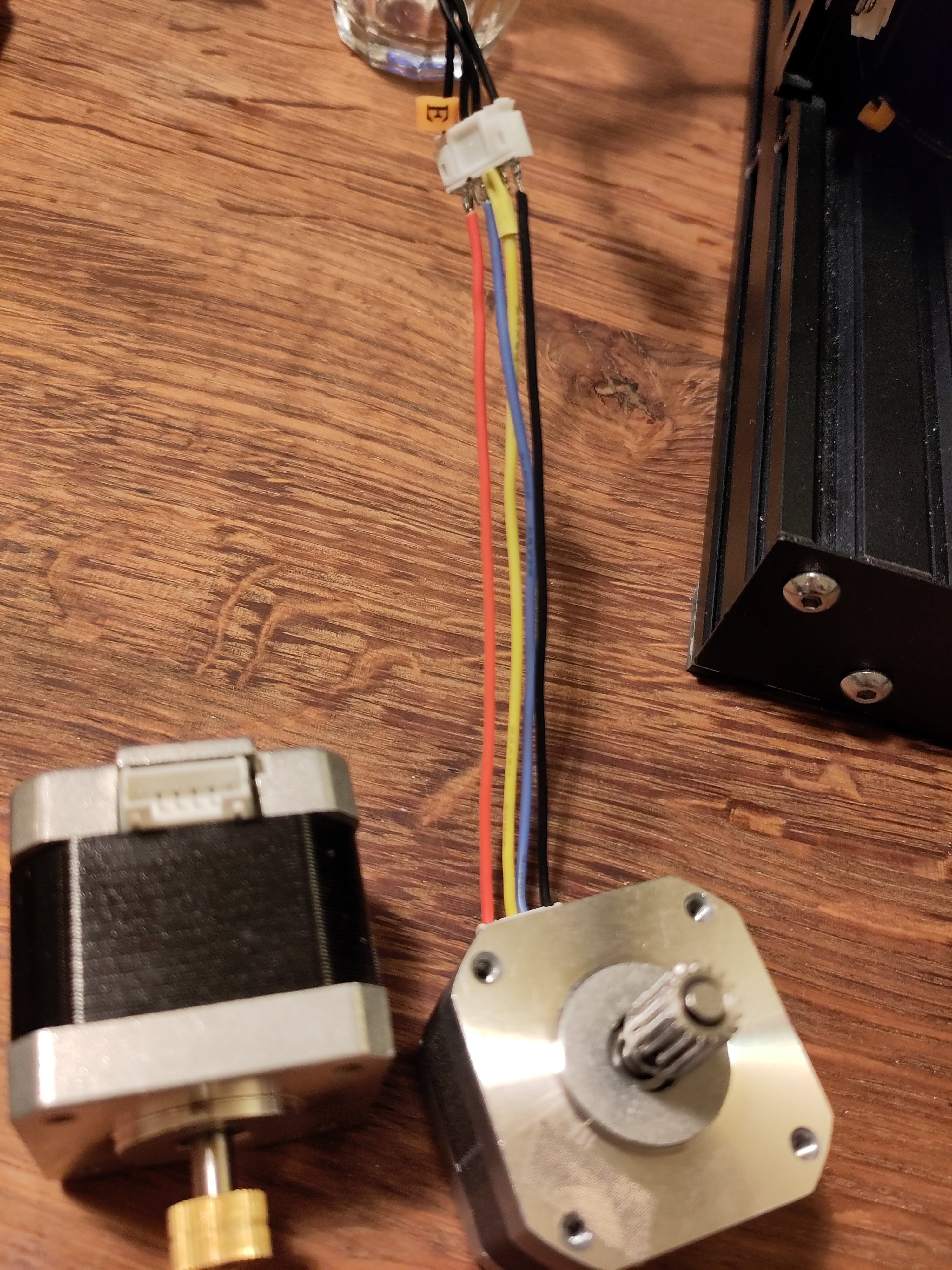NEMA motors should all have the same wiring, it’s part of the standard in the nema specs, might be off on voltage, which would make sense. Check the specs on your motor and pull out a volt meter and check/adjust its voltage to match the new motor’s needs.
As long as both have the same number of wires, that is.
This is, of course assuming the physical connections are all dandy. (It’s possible something came loose in the conversion?) you’ll have to open its case up any how to get the volt meter on the tuning pot anyhow. (Positive to the pot, negative to ground somewhere. I’d drop a guide but specifics change with boards.)
